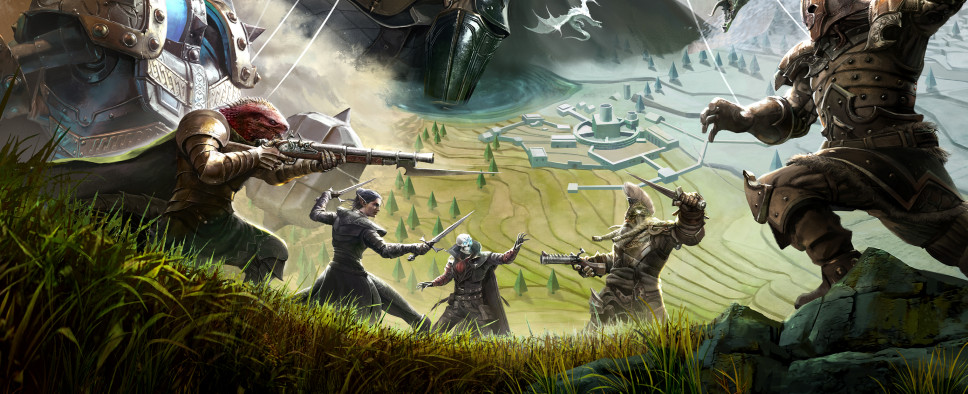Divinity: Fallen Heroes Previews, Interview
-
Category: News ArchiveHits: 1549

A few days back, Larian Studios together with Logic Artists announced Divinity: Fallen Heroes, a tactical spin-off to Divinity: Original Sin II. And if you'd like to learn a bit about that game, you can now check out a couple of hands-on previews and watch this Gamereactor interview with Larian's Swen Vincke where he talks about Fallen Heroes' story, the game's objective-based approach to mission design, its new initiative system and various mechanics. Have a look:
Then, here's PC Gamer with their preview:
Combat looks a whole lot like Original Sin 2, but there are a few major changes for this game—if you've played as much Divinity as I have, that means you'll probably have to rewire your brain's strategy center a bit. In OS2, every character in battle slotted into the turn order somewhere based on their stats, but this time around you take a turn to control your entire team, and then the AI does the same.
This means that the number of tactical decisions you can make at any one time explodes enormously. You need to consider all of the abilities of your entire team and in what order you should use them. For example, in one fight I brought my heavy-hitting polymorph in close to deliver a melee hit on an enemy, dropping them down to low health. Then I realized I could have attacked with my archer first, coating the enemy in oil and then lighting them on fire. But if I used those abilities now, I'd end up hurting my own soldier, too.
I spent whole minutes clicking between the members of my team, thinking about their skills and what order I should use them in. And my demo was early in the game, with only a small handful of skills for each class. As you progress through Fallen Heroes you'll unlock more skills for your heroes and your basic soldiers in each class, which is an important distinction from games like XCOM. When my cleric died in my mission to rescue Fane, he was permanently dead, but in the next mission I could recruit another generic cleric with the same suite of abilities.
And here's Rock Paper Shotgun:
You also don’t have an inventory in the same way, so no hoarding potions or scrolls. Instead, for each mission you pick two or three powerful but single use artefacts to deploy if you sense the time is right, like an instant teleport or a mega-heal. My favourite was a bell that turns a targeted enemy into a cow. Tee hee. Another fun but tactical addition is sulfurium, a surface type that joins the normal reactive surfaces like water, poison, fire and so on. Sulfurium can react… explosively, and I was told that, if mastered, you use it to do what is basically a rocket jump.
Missions have a few optional and mandatory tasks. Urgency was introduced by a ‘more enemies in x turns’ timer. At Fane’s house we couldn’t leave before he’d packed, so I had to run him all over the map to different circled objective points to ‘find’ research and chemicals and so on. At the docks, we had to save groups of threatened locals by running up to them inside circled objective points. Hopefully the full game will give you stuff to do that doesn’t revolve around circles as much.

